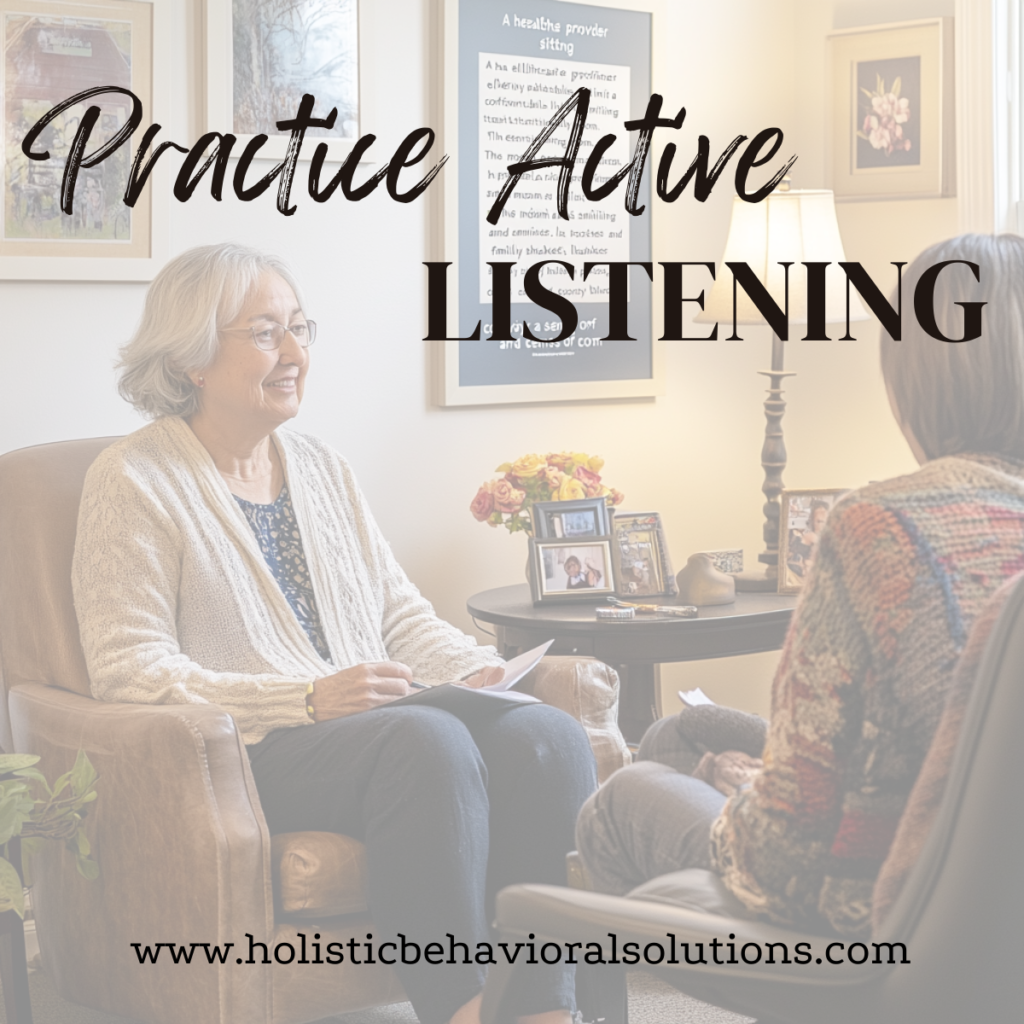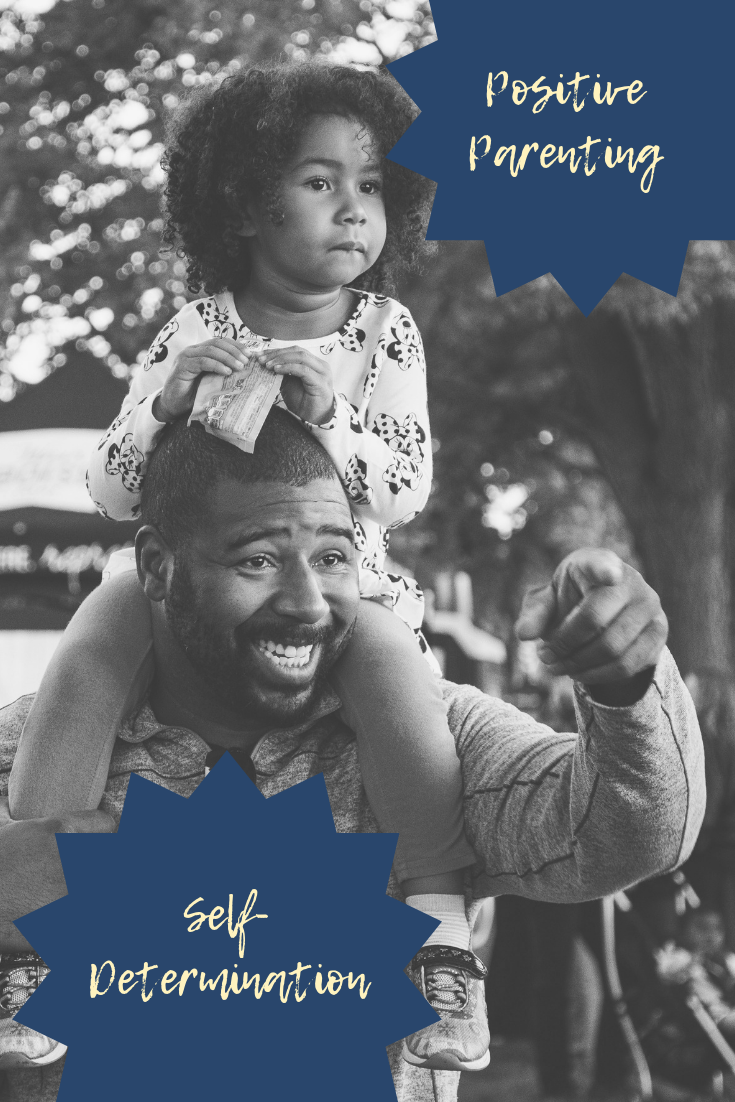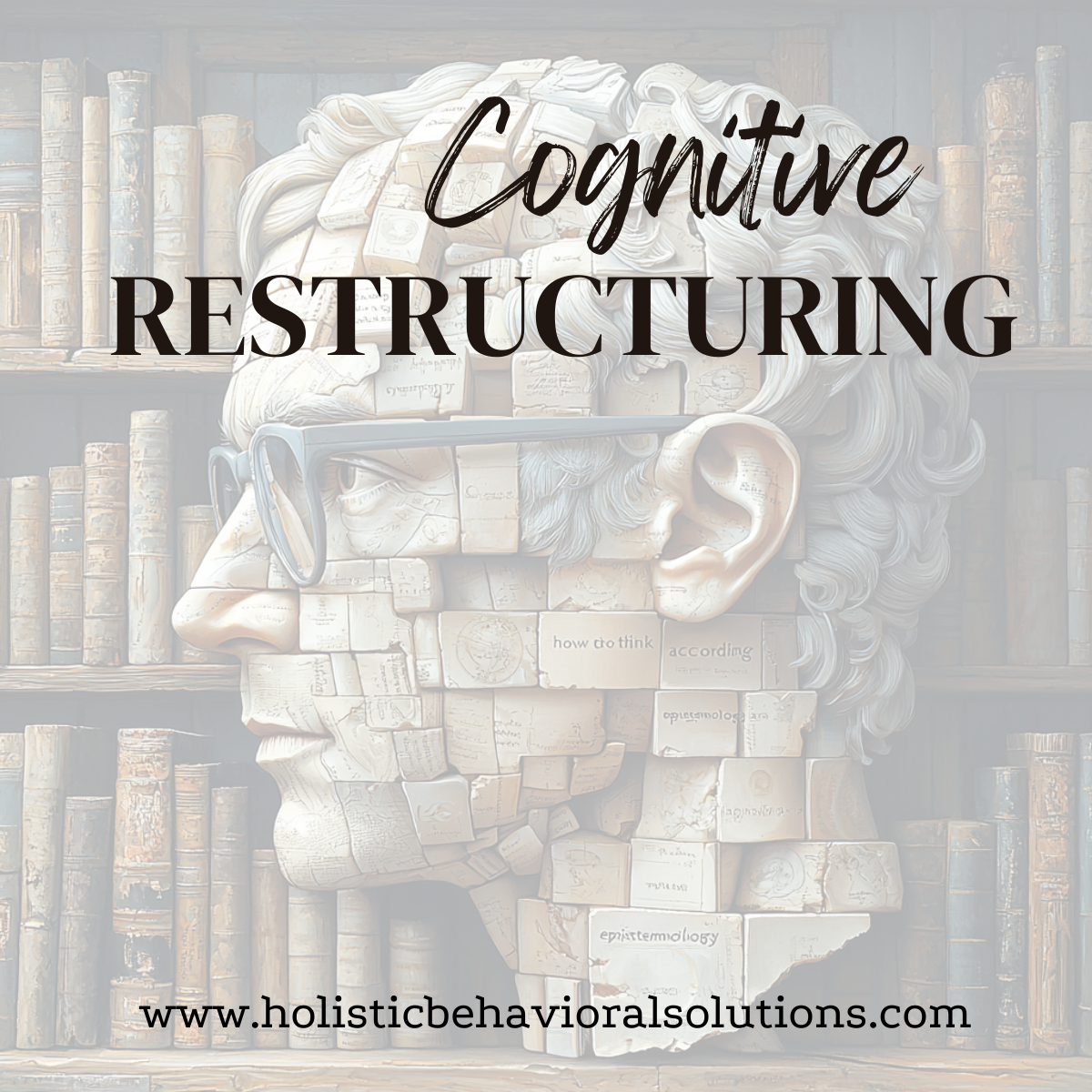
As a therapist in practice for over two decades, I can tell you that the world feels much faster and more intense than it did thirty years ago. In our fast-paced world, where distractions are constant, and conversations are often superficial, the art of Active Listening seems like a lost skill. However, for therapists like myself, active listening is the foundation of effective communication and emotional healing. Whether in therapy, relationships, or daily interactions, practicing active listening can transform connections and foster a deeper sense of trust, understanding, and empathy.
What Is Active Listening?
Therapeutic listening goes far beyond simply hearing the words someone is saying. It involves fully engaging with the speaker, showing empathy, and providing verbal and nonverbal feedback to ensure they feel heard and understood. As a therapist, I often explain active listening as a form of presence—it requires us to quiet our own internal dialogue, refrain from judgment, and focus entirely on the person speaking.
The Components of Therapeutic Listening
Active listening can be broken down into several key components:
- Full Attention: Giving the speaker your undivided attention means putting away distractions, maintaining eye contact, and staying present in the moment. This non-verbal communication shows that you value what they are saying.
- Reflective Listening: This involves paraphrasing or summarizing what the speaker has said to ensure you understood correctly. Phrases like “What I’m hearing is…” or “It sounds like you’re saying…” are common in reflective listening.
- Non-Judgmental Attitude: Therapeutic listening means withholding judgment or criticism, even if you disagree with the speaker’s perspective. By doing so, you create a safe space where the person feels comfortable sharing their thoughts and emotions.
- Empathy and Compassion: Showing empathy is crucial in active listening. It’s about understanding the emotions behind the words, offering a sense of connection, and demonstrating compassion.
- Verbal and Non-Verbal Cues: Nodding, leaning in slightly, and offering brief verbal affirmations like “I see,” “Go on,” or “That makes sense” all indicate that you are engaged and processing what the speaker is saying.
Listening and Resilience
From a resilience-building perspective, active listening is a vital tool for fostering emotional strength and adaptability. Individuals who feel heard and understood are more likely to bounce back from adversity as they develop a stronger sense of connection, self-worth, and empowerment. In my years of practice, I have seen how effective listening can significantly improve therapeutic outcomes, enabling clients to process trauma, explore emotions, and find solutions to their challenges.
1. Active Listening in Therapeutic Settings
As a therapist, active listening is a cornerstone of my practice. Clients come into therapy feeling vulnerable and sometimes disconnected from their own emotions. By practicing therapeutic listening, I help them feel validated and understood, which in turn allows them to open up more freely. This deepened connection fosters resilience as clients begin to trust in the therapeutic process and their own capacity for healing.
2. Active Listening in Relationships
Outside of therapy, active listening is essential in relationships. Whether it’s between partners, parents and children, or colleagues, the ability to truly listen can diffuse conflicts, enhance intimacy, and strengthen bonds. When individuals practice active listening, they reduce misunderstandings and promote a culture of empathy and collaboration.
3. Active Listening as Self-Care
Interestingly, active listening can also be a powerful tool for self-care. Many of us are in the habit of dismissing or minimizing our own emotions and thoughts. By practicing self-compassion and actively “listening” to ourselves — whether through journaling, meditation, or quiet reflection — we can improve our mental well-being and emotional resilience.
Challenges to Active Listening
Despite its profound benefits, active listening isn’t always easy. Many of us struggle with the impulse to interrupt, offer advice, or think ahead to what we’ll say next. Additionally, in a world where multitasking is often glorified, it can feel unnatural to give someone our full, undivided attention. However, like any skill, active listening can be cultivated with practice and intentionality.
One of the most common challenges I see is the tendency to problem-solve rather than listen. While offering solutions might seem helpful, it can actually hinder the speaker’s ability to fully process their thoughts and emotions. By resisting the urge to “fix” the problem and instead focusing on listening, we allow for deeper understanding and connection.
How to Improve Active Listening Skills
- Practice Presence: Start by practicing mindfulness in your everyday interactions. When someone is speaking to you, set aside distractions and focus entirely on their words, body language, and tone.
- Ask Open-Ended Questions: Encourage the speaker to explore their thoughts more deeply by asking open-ended questions. Avoid questions that can be answered with a simple “yes” or “no.”
- Resist the Urge to Interrupt: Make a conscious effort to let the speaker finish their thoughts before offering your own input.
- Reflect and Clarify: Reflect back what the speaker has said to ensure you’ve understood correctly and ask for clarification if needed.
Active Listening Until Next Time
Active listening is a profound tool in therapy and beyond. As a seasoned therapist with a background in resilience, I can attest to the power of truly hearing others. By practicing active listening, we create a foundation of trust, empathy, and connection—all essential elements of resilience. Active listening can lead to deeper understanding, stronger bonds, and, ultimately, a more resilient and compassionate world, whether in therapeutic settings, relationships, or everyday life.
The Holistic Store
While we are thinking that through, boost your connection from the inside out with our wellness supplements and supplies. Check out our store for products that help you feel your best, making it easier to open up and connect on a deeper level.

